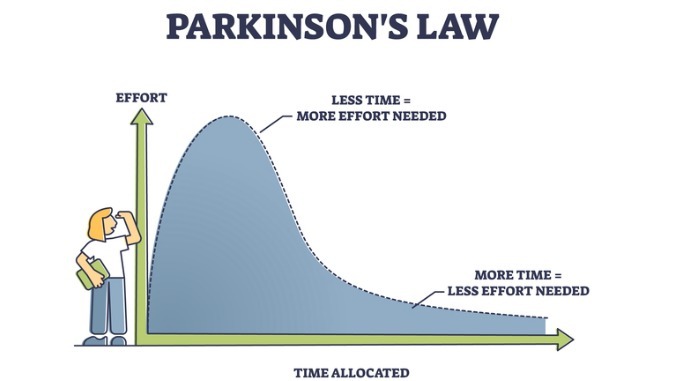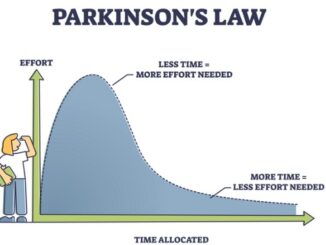
Ever feel like your to-do list has a magical ability to multiply, leaving you wondering if you’re ever going to finish that project?
You may not be familiar with Cyril Northcote Parkinson, but if you’ve ever experienced the frustration of feeling like your project is perpetually unfinished due to an endless stream of new tasks popping up, you might already be acquainted with the concept of Parkinson’s Law—perhaps without even realising it!
Cyril Parkinson was a scholar and naval historian who famously observed that “work expands so as to fill the time available for its completion.” This insightful remark highlights a common experience in project management: as deadlines approach, it often seems like the workload multiplies, and tasks magically appear out of nowhere. Of course, Parkinson didn’t imply that extra work materialises from thin air, even though it can certainly feel that way!
Time for Planning
What he meant by this statement is that when we tackle a task, we tend to plan based on the time we have available. As we near the deadline, we often make conscious—and sometimes unconscious—choices and trade-offs to ensure we complete the work in the allotted time. For instance, you might decide to prioritise certain elements of the project while postponing others or adjusting your expectations based on the time constraints.
Parkinson’s Law serves as a lens through which we can reflect on our time management and project planning approaches rather than a time management technique. When setting deadlines, it’s essential to consider the realistic scope of the project, accounting for all the factors that might affect its completion.
Are you allowing sufficient time for research, fielding calls with suppliers, or sifting through data? Overlooking these elements can lead to unrealistic expectations and increased stress.
Setting deadlines and time limits can be an excellent motivator, especially for those who thrive on the excitement of working within specific timeframes. To gain insight into your work habits, why not conduct a little experiment? Start by tracking how long it takes you to complete key tasks throughout your day. You might be surprised to find that some tasks take longer than you initially thought, while others are completed much more quickly than expected.
Set Yourself a Challenge
Once you have this information, challenge yourself by attempting to complete these tasks again but this time setting a deadline that’s half an hour shorter than your original completion time. You may discover that Cyril’s observation holds true: by simply establishing a tighter timeframe, you might find yourself rising to the occasion and successfully meeting your new deadline!
Ultimately, understanding Parkinson’s Law can empower you to approach your projects with a more realistic and informed mindset. By acknowledging the nuances of time management and being conscious of the factors influencing your productivity, you can work towards a more efficient and fulfilling day.
So, the next time you find yourself drowning in tasks, take a moment to reflect on your time planning strategies—after all, a little mindfulness might just be the key to turning that overflowing to-do list into a well-managed success story!


Be the first to comment